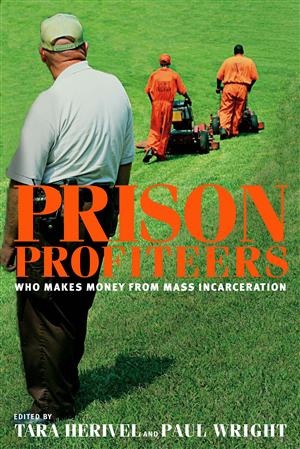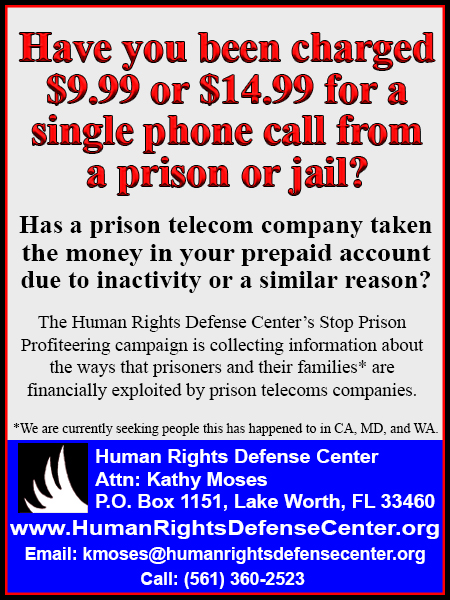Illinois ‘Murderer’ Registry Punishes More Than It Protects
Illinois maintains a digital public shaming website called the Murderer and Violent Offender Against Youth Database, which is mandated under the provisions of Illinois Compiled Statutes 730 ILCS 154/85 (a) and (b). Supporters of the registry often claim that it enhances public safety, but not everybody agrees that it is a good idea.
A growing protest movement, spearheaded primarily by the Chicago Torture Justice Center, argues that this registry inflicts a kind of perpetual punishment on individuals who have already served their full prison sentences for violent crimes, including those involving firearms. By forcing these individuals to regularly register with law enforcement, pay fees, and have their personal information publicly disseminated, the database creates significant barriers to successful reentry into society. Additionally, it hinders the ability of formerly justice-involved individuals to find stable employment, secure housing, and, ultimately to reintegrate fully into society.
Donte Quinn’s experience serves as a stark example of the debilitating impact of this registry. Released in 2007 after serving nearly 15 years for his connection to a 1992 nonfatal shooting under Illinois’ controversial accountability theory, Quinn is now subject to lifelong registration. This annual re-registration process triggers profound anxiety in Quinn and continuously reminds him of a past that casts a long shadow over his present efforts to rebuild his life. The requirement to regularly check in with police, when coupled with the constant threat of reincarceration for any misstep, effectively keeps him ensnared in the criminal justice system long after his formal sentence has ended.
The public nature of the database further amplifies and makes the harm worse. Illinois is among a small minority of states that publicly posts the names, photos, and addresses of those convicted of violent offenses. The other states that maintain similar publicly accessible registries include Kansas, Montana, Oklahoma, and Indiana. While the Illinois State Police argue that this registry provides a valuable tool for investigators and enhances community awareness, critics of public databases contend that it fosters shame, social rejection, and even actively endangers the safety of registrants. The financial burden of registration fees and the time lost from work for mandatory check-ins further create real economic obstacles for individuals already facing significant challenges in securing stable employment.
Angel Pantoja, a reentry policy coordinator who is also subject to lifelong registration for a murder conviction, describes the dehumanizing experience of registering in vivid detail. The pat-downs and the inherent association with arrest often awaken powerful negative emotions in him, and they turn an obligatory administrative task into a deeply humiliating and degrading ordeal. For individuals who are striving to move forward and shed the label of their past, the registry serves as a constant, and unavoidable, reminder of their former offenses.
The core argument against the database centers on the concept of “paying one’s debt to society.” If incarceration is intended to serve as the punitive measure, when does that debt truly cease to be redeemable? Joseph Mapp, director of Chicago’s Office of Reentry and himself a registrant under similar accountability circumstances, poses this fundamental question. He emphasizes that individuals are more than their worst mistakes and that a society genuinely committed to healing and reducing relapses must create pathways for successful reintegration, not erect barriers that last a lifetime.
The effectiveness of the registry in preventing future crime is highly questionable at best. Studies consistently indicate that individuals who have served lengthy prison sentences for violent offenses have a remarkably low rate of recidivism for new violent crimes. As Mapp rightly asks, “Who does it benefit to know if someone is convicted of a murder, especially since the recidivism rate for those with murders is in the single digits?” The database appears to unequally harm individuals who pose a minimal risk while offering doubtful public safety benefits to the broader community.
The campaign to abolish the Illinois Murderer and Violent Offender Against Youth Database is gaining momentum, fueled by the lived experiences of registrants and the compelling arguments of advocates who champion their cause. They argue that this form of perpetual punishment disproportionately impacts poor people of color, trapping them in cycles of surveillance and hindering their efforts to become productive members of society. Instead of deterring crime, the registry may inadvertently push individuals towards the margins, increasing the very risks it claims to reduce. The fundamental question remains unanswered: when will those who have served their time truly be given the opportunity to reclaim their lives and be released from this digital cage?
Vincent Brumley was put on the registry after being released in 2015 from an Illinois prison where he served 27 years for his participation in a kidnapping and homicide. He said he has had limited luck with potential employers when they learn he is on the state registry. “That’s all they see me as,” he said in an interview. “They don’t know what I was convicted of, or if I was guilty. I did my time. Why hold me back?”
The Illinois Murderer and Violent Offender Against Youth Registry does not make communities safer—it only perpetuates suffering. It brands individuals like Donte Quinn, Angel Pantoja, and Vincent Brumley with a digital scarlet letter long after they’ve served their sentences, ensuring they remain trapped in a system that refuses to let them move forward. The registry is not a tool for public safety but a relic of a punitive mindset that prioritizes perpetual punishment over rehabilitation. The data is clear: those who have served time for violent crimes rarely reoffend. Yet the state continues to subject them to public shaming, economic hardship, and psychological torment, all while offering no measurable benefit to society. Who does this serve? Not victims, not communities—only a system that profits from endless surveillance and control.
Sources: The Appeal, The Trace
As a digital subscriber to Criminal Legal News, you can access full text and downloads for this and other premium content.
Already a subscriber? Login





